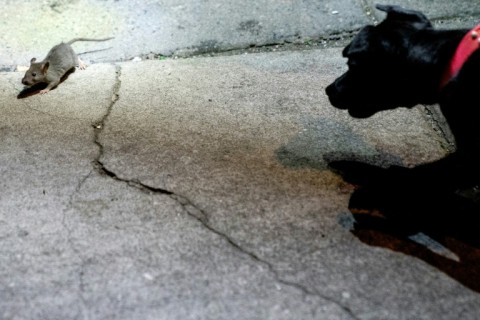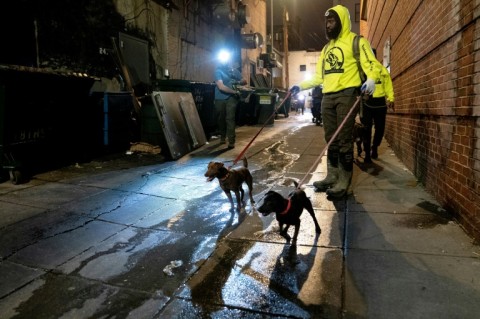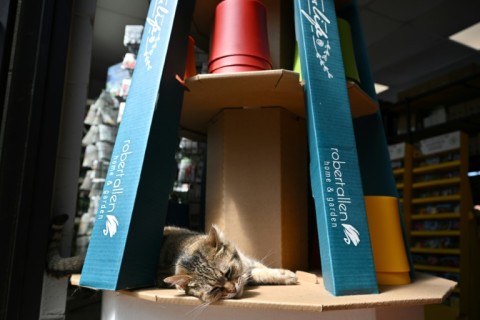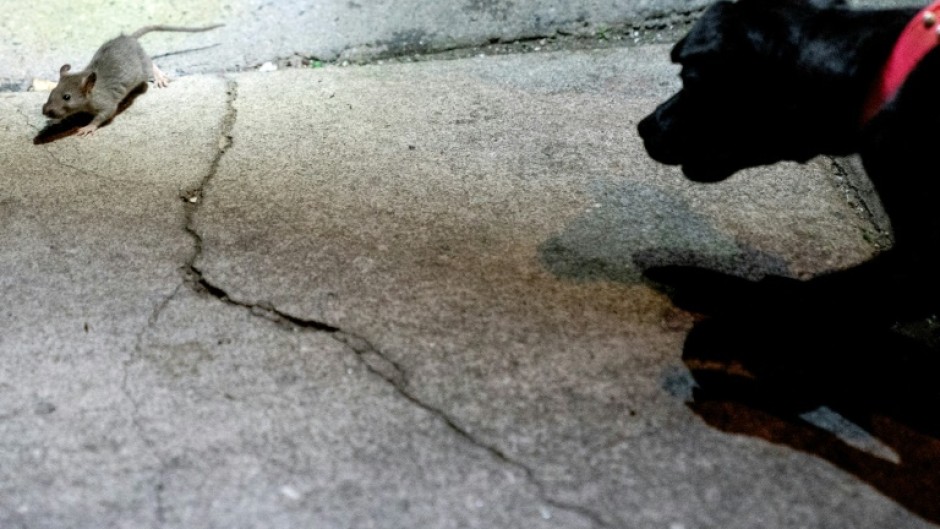
WASHINGTON - The US capital has a rapidly growing population of rats which prowl the alleys behind the restaurants, bars and clubs, feasting on leftovers tossed out in the trash.
The rodents' merrymaking comes to a swift halt amid a flurry of barks, gnashing teeth and splattered blood: The result of a hunt involving a dozen humans and their hounds out on a weekly "ratting" expedition.
The District of Columbia consistently makes the top five list of America's rattiest cities, a problem made worse by warming winters, a rising population, and outdoor dining areas made permanent after the Covid pandemic.
There were nearly 13,400 calls to a city hotline for rat issues in 2022, up around 2,000 on the year before, according to local media reports. Now, some residents are fighting back.

Over the course of three hours, the team racks up more than 30 kills, before disposing of them in trash cans.
Rodentologist Bobby Corrigan told AFP that while there was little scientific data yet to validate the efficacy of ratting, such practices date back hundreds of years when dogs were trained for pest control at farms.
"There's no doubt about it -- these days, dogs are making a resurgence in being used as a rat control tool," with commercial demand rising.
Moreover, said Corrigan, poison has been shown to harm species such as hawks and owls, and snap traps can take days to kill rats, making hunting the more humane option.

Dogs aren't the only hunters tackling the city's rodent problem -- so too are cats, which prey mainly on mice.
Lisa LaFontaine, president of the Human Rescue Alliance, told AFP her organization started the "Blue Collar Cats" program for the city's feral feline population in 2017, and had now matched 400 strays to local businesses.
"We conceived this program as a way to give the cats the lives that they had always had, but do it in a way where they had all the vaccines they needed," she said.
They also receive a dedicated caretaker, shelter, a reliable food source and are neutered to prevent mating.

